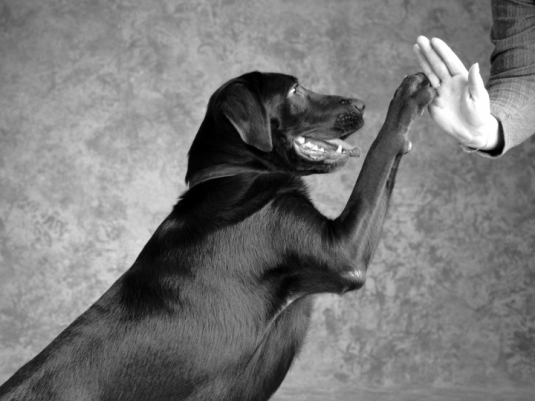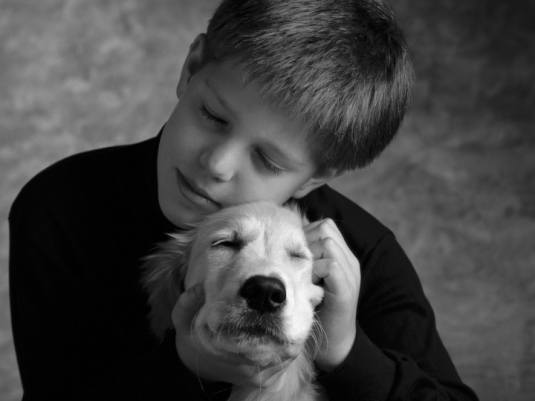The average American and European dog’s lifespan is 12.8 years.(data from Vetinfo.com)
The reality is that unlike your children–or anyone else you’ve helped raise and take care of–your dog will probably not outlive you. Even more sobering, you may end up facing a difficult decision about when to end the life of this precious friend and family member.(enthanasia)
Handling the death of a beloved pet is never easy, but grieving for that pet is an important part of your recovery.
When it’s time to say GOODBYE:
Sometimes Death is the BEST option (source from Dogtime)
· Does your dog have a terminal illness?
· Ask your veterinarian what to expect at the next stage and then ask whether you’re prepared to go there.
· Is your dog in the kind of pain that cannot be significantly alleviated by medication?
· Will more treatment improve his quality of life, or simply maintain a poor quality of life?
· Can you afford treatment? End-of-life care can run into thousands of dollars, and people can end up prolonging their grieving while paying off credit cards.
· Is your dog so old he has lost most bodily functions? If he can no longer stand up, get down stairs, defecate, and urinate on his own, the quality of his life is pretty poor.
· Does he still want to eat? Once a dog loses his appetite he’s signaling he’s close to the end.
· Are his gums pink? When gums aren’t a normal pink, your dog isn’t getting enough oxygen.
Is it in his best interest to extend his life, or are you extending his life for yourself? This last point is the most difficult one for most of us to sort out, but it may well be the most relevant.
How to get rid of the grief?
You might catch yourself getting ready to feed your dog or let him out, only to remember he is gone.
You might come home sometimes expecting your dog to greet you.
Because your pet was an everyday part of your life, even the most mundane tasks can be heartbreakingLittle things like scratch marks on the floor from doggie nails can trigger an emotional response. Items like dog beds, toys, bowls, leashes, collars, etc. are obvious reminders. However, getting rid of all the things that remind you of your dog is not the answer. If you wish to remove your dog’s belongings from sight, simply store them away somewhere. You might want to go back and look at them in the future.
Memorizing your pet:
Doing something special to preserve the memory of your beloved companion can be very therapeutic. Some pet owners even decide to have a small memorial service after the death of a pet. The important thing is to do something from your heart that will help you remember your dog and process your grief.
1.If you were able to make arrangements before your dog died (as in the case of euthanasia), you might have gotten the chance to create a paw print out of clay or ink. A lock of hair might have been collected.
2.If you did not get a chance to do one of these things, save some of your pet’s small belongings. Consider displaying one or more of the items in a window-box frame with a photo of your dog. A small inscription with your dog’s name will complete the memorial. You can even hang it near one of your dog’s favorite spots in your home
3.Another unique way to remember your pet is to create a unique artistic memorial from the cremains. The company Art From Ashes has been creating beautiful handcrafted glass remembrances of pets for many years. Due to high demand, they even began to make pieces from human cremains upon request.
4.Some owners also decide to bury their pet’s body or cremains in their property. After burial, consider having a special headstone or artistic sculpture placed in this area, or grow beautiful flowers there.
Don’t be afraid to cry. It takes time to heal.

http://www.renren.com/ album
Promise me that you would never leave me alone!

http://www.renren.com/ album



